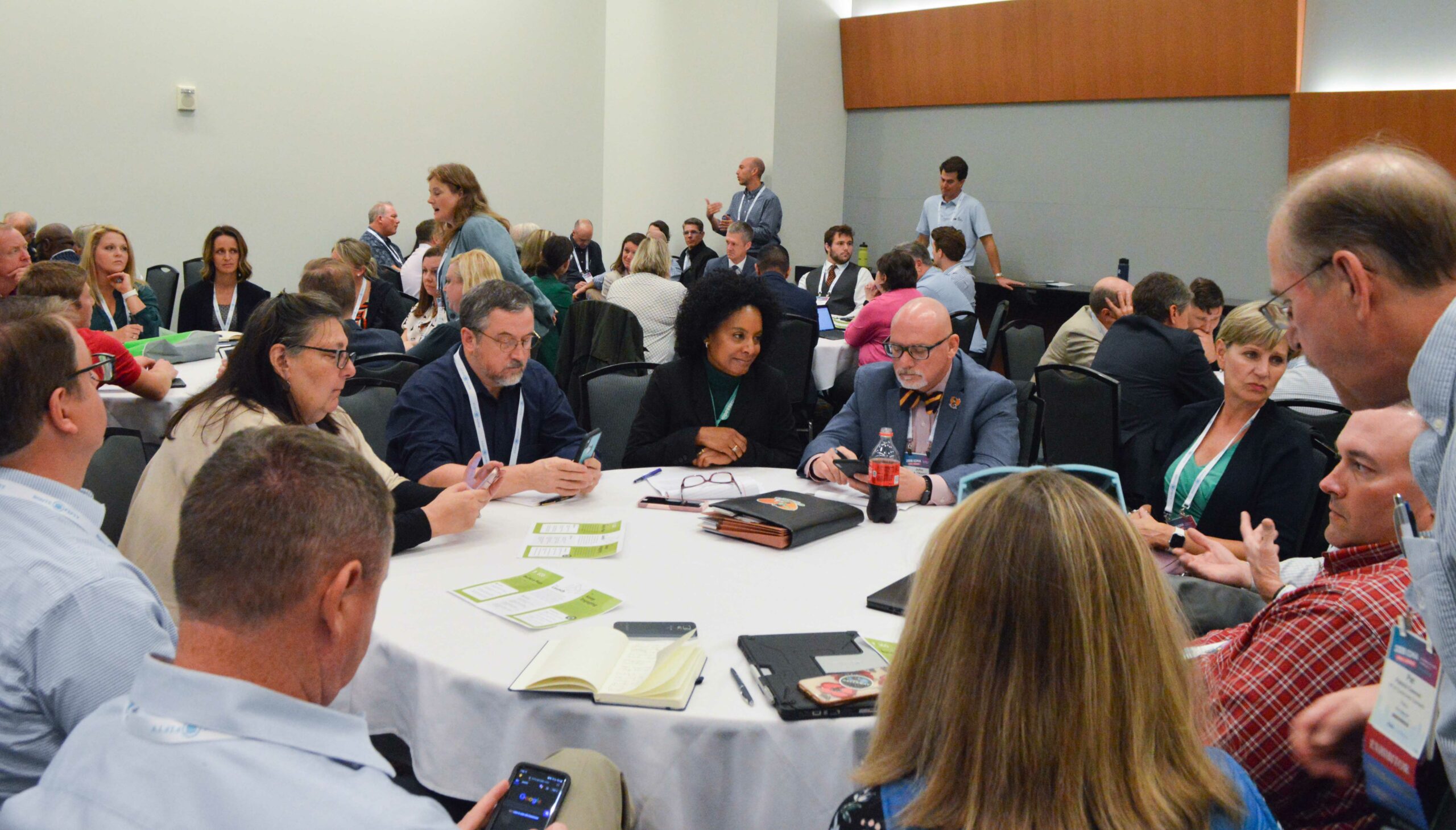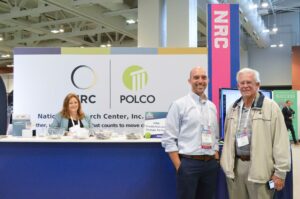Local Government Leaders Start Smart Action Plans to Solve Civic Engagement Issues
By NRC on November 19, 2019

-By Cory Poris Plasch-
Community engagement is an ongoing process, not a one-time activity with a defined beginning and end. That means every successful engagement initiative begins with a vision and a savvy plan. Good action plans chart goals, strategies and tactics from start to finish, and take into account all available assets.
Most local governments recognize the need for such a plan. But how should you start building your civic engagement strategy?
Polco/National Research Center (NRC) recently shared and discussed our favorite, most current, pro-tips for community engagement planning at the Annual International City/County Management Association Conference (ICMA) in Nashville. With standing room only for the workshop, we knew this was an important topic for local government professionals.
Experts from Polco/NRC revealed the key elements to successful engagement that work for any jurisdiction. Then participants worked together to create their own, personalized action plans that their organizations could act on right away.
See our 2019 ICMA Conference Photo Album
City management professionals discussed engagement issues that local governments all across the U.S. deal with, and explored solutions while charting out action plans.
Barriers to Civic Engagement
Most residents struggle with civic participation for many reasons, including lack of time, limited understanding of government, the desire for anonymity, and feeling intimidated by speaking up in a public meeting. And understandably, local government staff often have concerns about engagement after experiencing meetings where the vocal few angrily overwhelm attempts to hear from the larger public.
Despite these barriers, residents, in a sense, “own” their community. They should feel connected to the decisions being made because of the impact on both their present lives and their futures. Though new technologies require a deliberate approach, they offer endless opportunities for resident-centered governance.
Engagement Needs Collaboration
Surprisingly enough, even the most high-tech tools still require good, old-fashioned methods to be effective. Recruiting others to help forward communications is a time-honored practice that still works well today. Front line employees in areas such as public works, streets and sanitation, and front desk staff often have numerous contacts with residents on any given day. Community outreach can go much deeper by equipping those public-facing employees with knowledge about how the city is using online engagement tools.
Community partners, such as school districts and non-profit organizations, can be extremely helpful in letting families know that the city is looking for input on pertinent matters. All kinds of potential partners, from the Chamber of Commerce to the loyal kayaking club, can help increase the reach into different areas of interest within the community.
Engagement Fatigue
Local governments are competing with news, cat memes, and infinite other content online. So communicators must make sure to engage the right residents at the right time, the right frequency, and even the right questionnaire length.
To avoid survey fatigue, it is best to save longer surveys for annual, statistically valid assessments of overall quality of life. And even those comprehensive surveys should only take about 15 minutes or less for the average resident to complete. Then, the best bet for ongoing outreach is to make engagement more frequent, faster and shorter. It is equally important to ask compelling questions that clearly tie back to the future of the community.

Did you write out your own strategy at the “Start a Smart Civic Engagement Action Plan with Polco” workshop during the 2019 ICMA Conference? We’d love to hear how you’ve begun using your new engagement plan in your community. Tag us on Twitter with @Polco_us. Happy Engaging!
Related Articles
Popular posts
Sign-up for Updates
You May Also Like
These Related Stories

How Online Polling Transforms Resident Engagement in Oshkosh

Damema Details: Five Reasons to Love The National Community Survey


